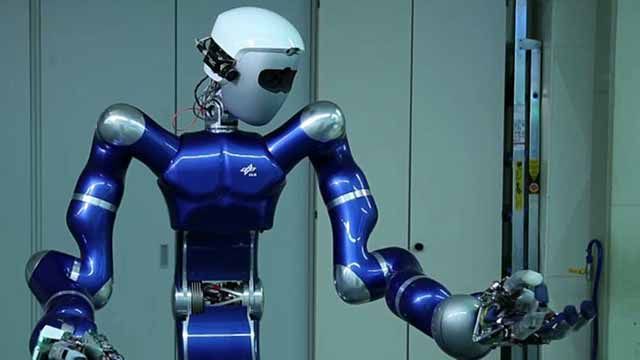Expeditions Towards Human-Robot Teaming at the Extremes
From the series: MathWorks Research Summit
Taskin Padir, Northeastern University
Robots and humans may work together in different environments and application areas, ranging from assistive technologies, disaster response, and industrial automation. These collaborations may take various partnerships such as human-in-the-loop robotics, humanoids, collaborative robotics, and human-robot teams operating in challenging conditions.
In his talk, Taskin Padir, from the Robotics and Intelligent Vehicles Research Laboratory at Northeastern University dives into the research group’s work on human-robot teamwork in context of “extremes”: high-consequence, hazardous operations under harsh conditions and at the limits of human capability. Drawing inspiration from frameworks like VUCA (volatility, uncertainty, complexity, ambiguity), the research team investigates how robots and humans can adapt and thrive together in unpredictable and multi-modal environments. The talk features several examples of past work including the DARPA Robotics Challenge, where humanoid robots performed complex tasks in disaster scenarios, guided remotely by human operators facing real-world constraints like latency and robotic systems that can be in collaborative workspace. One such example is HASHI (Highly Adaptable Seafood Handling Instrument for Manipulation in Industrial Settings) used in the seafood industry, an environment marked by ergonomic challenges and high variability. These experiences led to the development of collaborative workspaces and adaptive robotic systems designed to support human workers in demanding settings.
Published: 30 Oct 2025






